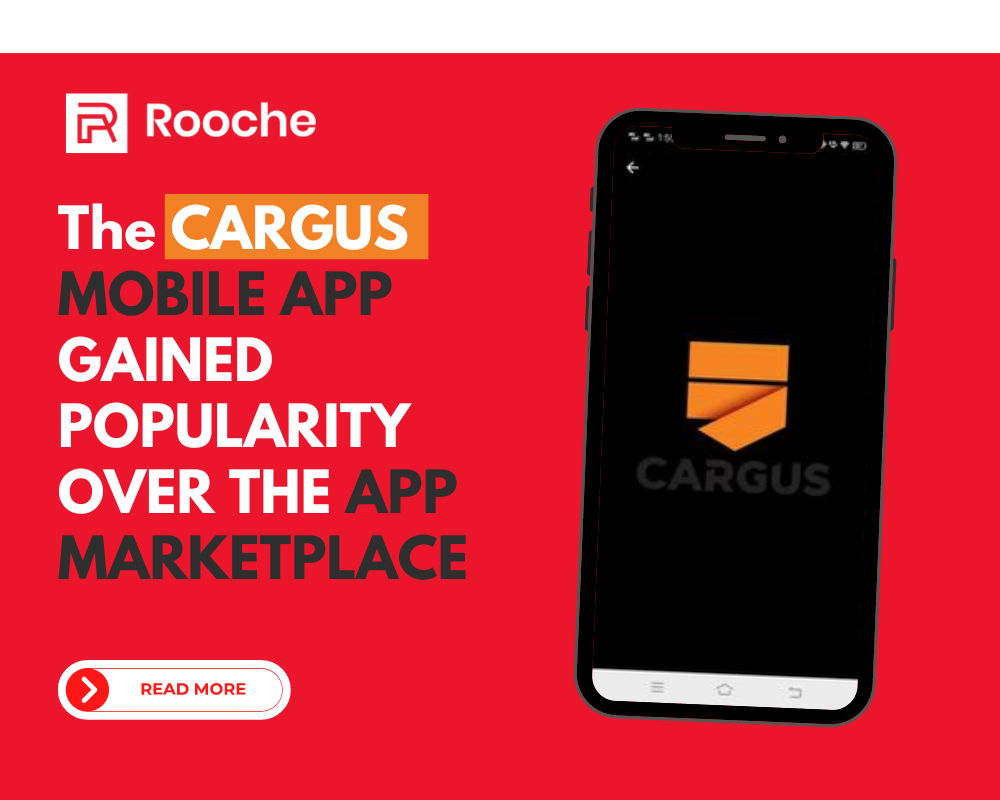What is a portfolio website?
A portfolio website is a great way to showcase your work or services. It gives you a place to highlight your skills and share examples of your work. It also serves as a personal brand, so potential employers can get a better idea of who you are and what you’re capable of.
There are many different types of portfolio websites that range from minimalist single-page layouts to elaborate multi-page designs. The right one for you will depend on what kind of information you want to display and how much space you need to do so.
If you’re just starting out in your career, it’s important not to overwhelm yourself with too many options. You can use resources like WordPress, Wix, and Squarespace to design your own website from scratch. It’s perfect for showing off your work and taking your portfolio to the next level.
Here are 10 tips for designing your own website portfolio:
1. Determine the type of content you want to display. A common practice is to have a separate page for each type of project (like 2D art, or 3D modeling, or animation). If you’re just starting out, you might consider having one page that shows all of your work in one place.
2. Look for inspiration online by visiting other websites designed by artists like you. What do you like? What don’t you like?
3. Focus on the details. Don’t let yourself get overwhelmed by the big picture! There are a lot of little things that you can do to improve UX for visitors to your site. For example: make sure that buttons can be clicked easily, that images load quickly, and so on. These small details will add up over time and provide a much better experience overall!
4. Think about what your site will look like on mobile devices (phones) as well as desktop computers. Responsive web design (that looks good on anything) is SUPER important these days.
5. Determine which elements on your site are most important: Do you want visitors to be able to contact you right away? Do they need to get a sense of who you are before contacting you? These decisions will help guide how users interact with.
Also, try to skip adding animation. There’s a time and place for fancy animations, but it’s not here. The key is to make sure that your personality shines through in everything you do, from the way you organize the content on your site to the colors you choose for each element.
Choose a prominent color that will tie everything together. Pick a color that’s not too bright or dark, because you want to make sure your site is easy to read and navigate.
7. Make sure all information is up-to-date so that potential clients don’t feel misled by old projects or credentials when they visit your site! It’s also important that they link directly back to any source material used in creating those pieces (like images).
8. If you’re looking to showcase your work, a website portfolio turns out to be a pretty great way to do it.
You can make it as simple or as complex as you like, but the important thing is that your website portfolio tells a story. What kind of story? Well, that’s up to you. You might want to tell the story of how you got started in your line of work. Maybe you want to tell the story of an especially interesting project and how it came together. Or you could just tell the story of what inspires you—the kinds of things that help get your creative juices flowing and get you excited about coming to work each day. No matter what kind of story you want to tell, your site should reflect who you are and what kind of value you can bring to a prospective client or employer.
9. When designing a website for your portfolio, make sure that it is easy to contact you. We know you want to put your best foot forward and show off all of the amazing skills you’ve been working on. But… we also know that hiring managers are really busy. So they’re only going to check out a handful of portfolios per job opening, and if yours isn’t among them, you don’t get to showcase your stuff.
That’s why it’s absolutely key to make sure that the first thing a hiring manager sees when they arrive on your site is how to get in touch with you. One of the best ways to do this is to include a prominent contact button on your homepage so that there’s no question about how someone can reach out if they have questions or want more information. It should be able to stand out even if the reader doesn’t scroll down at all. If the reader does scroll down, then the contact info should appear again somewhere else on the page.
10. When you’re creating a website for your portfolio, remember to make sure it’s full of things that serve as proof of your skills and experience. Just like when you’re applying for a job, you want to show what makes you uniquely qualified.
Conclusion
With all these brilliant and helpful tips, you are telling your clients that your website portfolio speaks highly of your capability. The designs are just part of the process, but they play an important role because they attract potential clients who are interested in hiring you for projects. It allows them to see what you can do and what kind of work you can do for them. This helps them decide if they want to work with you or not. It also makes them feel confident that they know what they’re getting into when they hire someone with such good portfolio design skills.



